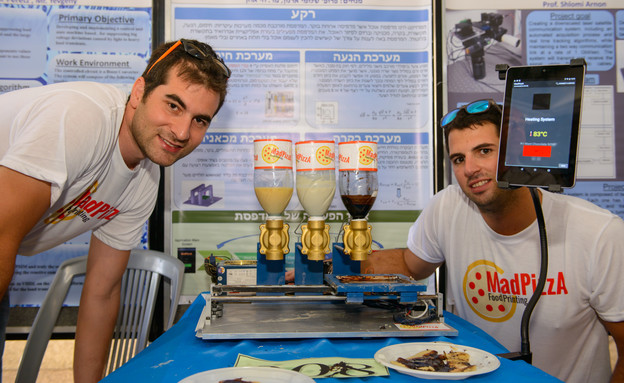A report on Capital Technologies describes a venture to provide 3D printed food for seniors. We’re a bit skeptical.
According to the report:
The new 3d printer will allow to make hot food within a few minutes by pressing a button on a smartphone. This app is designed to allow seniors who do not live in nursing homes or assisted living facilities get almost any kind of food they like without requiring long-term care services or therapists.
This seems like a good idea, in principle, as there are a great many – and increasing – number of seniors living away from immediate assistance. But can this actually work? Evidently two students from Ben Gurion University in Israel believe so. Recent graduates Asaf Heller and Nadav Alon have begun to develop an application to perform this task.
How will this work? The report explains:
For using this app first you need to buy a 3d printer, connect it to your computer. The printer will have three or four containers, which will enable to make almost any kind of food you want including pizza, soup, and many more kinds of food.
There is an image of this device, shown above. Looking at the device, it seems very clear that substantial manual intervention would be required to accomplish their goal. To get pizza, you’d presumably have to load the containers with the correct ingredients (and be limited to only four). You’d also have to take the printed pizza and place it in an oven for cooking.
Oh, and the printing will take some time to complete, too.
It seems to us that if a senior was capable of operating this device in the way we’ve described, then they would also be entirely capable of preparing a real pizza in the traditional manner – without the expense, trouble and delays of using a 3D printer to prepare the food.
Until 3D Food Printing Scientists solve the two key problems of 3D printed food, we’re likely not going to see much progress on this problem. The two issues are, of course:
- The need for many ingredients to be readily available (and properly stored) on the 3D printing device.
- The speed of 3D printing food must be dramatically increased.
There’s other problems, too, like the lack of 3D models for food and the integration of cooking capabilities into printers, too.
We’re hopeful these students can make some progress on these problems, but it’s not likely we’ll see seniors using this in any practical way soon.


